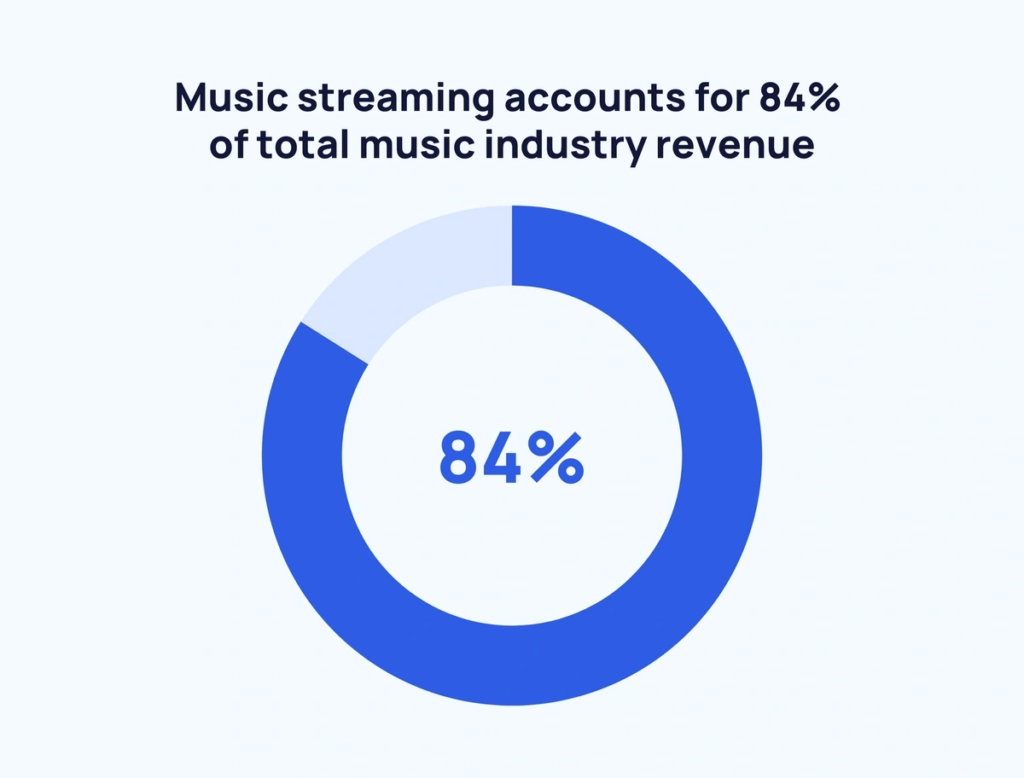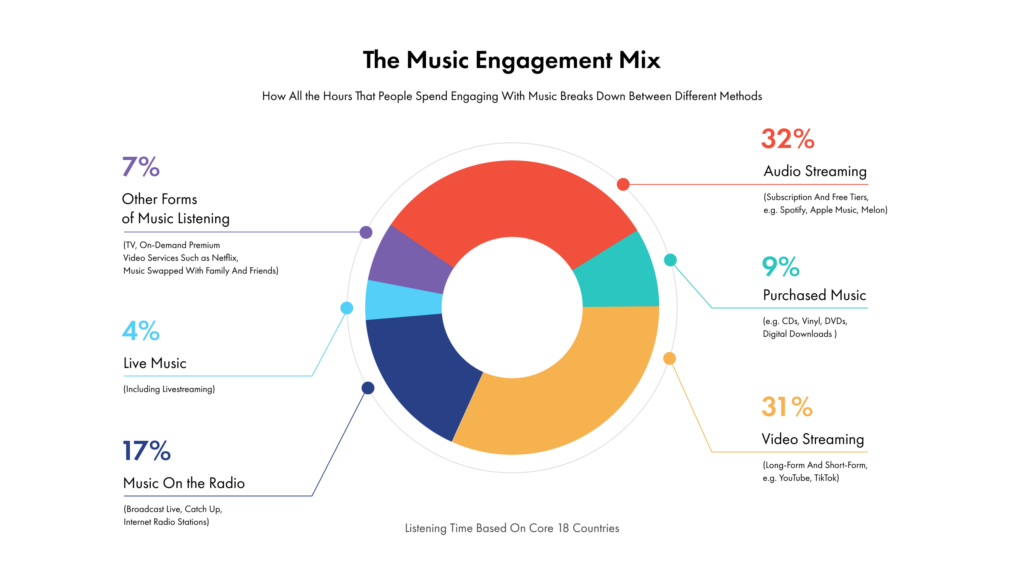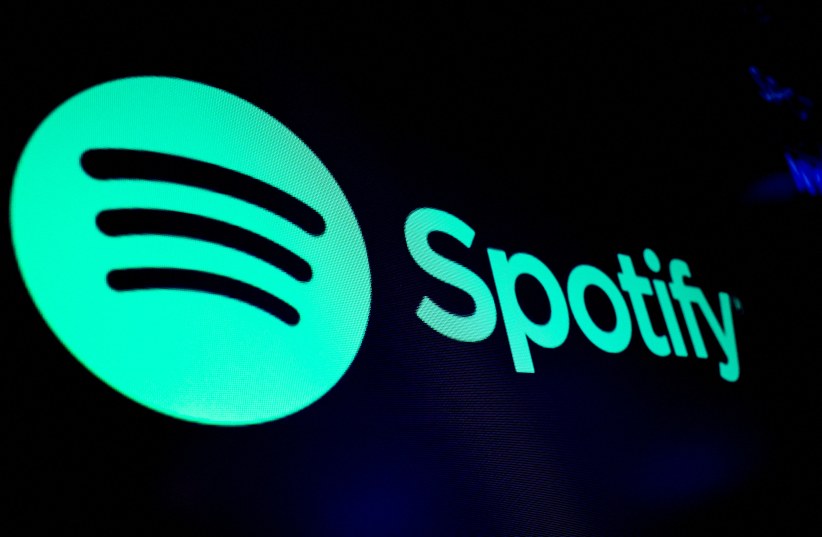Spotify, the world’s leading music streaming platform, has moved away from a standard subscription model to offer more flexible and personalized plans. This change is aimed at enhancing user satisfaction and engagement, which has resulted in record highs for the company’s revenue and user numbers. Spotify’s new approach includes a variety of subscription options designed to cater to different user preferences and needs, from basic plans to more comprehensive family and student plans.
What’s Happening & Why This Matters
Expanding Subscriber Base and Experience
Spotify’s CEO, Daniel Ek, discussed the company’s growth in a recent earnings call. The platform now boasts 246 million paid subscribers, securing its position as one of the largest subscription services worldwide. This growth is largely driven by Spotify’s shift to more personalized subscription plans. Instead of a single, generic plan, Spotify now offers a range of options including basic, duo, family, and student plans. This variety allows users to choose the plan that best fits their needs, contributing to higher customer satisfaction and retention.

Ek mentioned that Spotify plans to introduce a premium version of its service, priced approximately $5 higher than the current premium tier. This deluxe version will provide users with higher quality audio, more control over their listening experience, and additional features that are yet to be disclosed. This initiative targets high-engagement users who are willing to pay more for a superior music streaming experience. By offering a premium service, Spotify aims to cater to the demands of its most dedicated users, thereby increasing their loyalty and satisfaction.

Revenues & Investments
In the second quarter, Spotify added seven million net subscribers, with profits rising 45% year over year to €1.11 billion ($1.21 billion). Premium revenue grew by 21% to €3.35 billion ($3.63 billion), driven by both an increase in subscribers and higher average revenue per user. Ad-supported revenue also saw a 13% increase, reaching €456 million ($495 million). These figures demonstrate the success of Spotify’s tailored subscription strategy and its positive impact on the company’s financial performance.
Spotify continues to invest strategically in content and promotional campaigns to expand its user base. The company has made significant investments in podcasts, AI-driven features like the daylist and AI DJ, video podcasts, and audiobooks, all of which have deepened user engagement with the platform. Despite fluctuations in monthly active users, Spotify has shown strong subscriber growth and improved monetization in established markets. This resilience and growth potential highlight Spotify’s ability to adapt and thrive in a competitive market.

TF Summary: What’s Next
Spotify’s tailored streaming plans have proven successful in boosting subscriber numbers and revenue. The company’s focus on providing a premium user experience and strategic investments in content will likely continue to drive growth. Future developments may include more personalized features and enhanced service quality to meet the evolving needs of its diverse user base. As Spotify expands its offerings, it remains well-positioned to maintain its leadership in the music streaming industry. The ongoing commitment to innovation and user satisfaction will ensure that Spotify continues to thrive in a competitive market.
— Text-to-Speech (TTS) provided by gspeech


